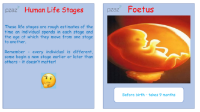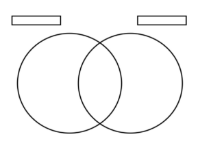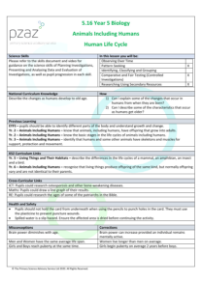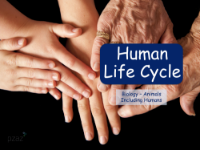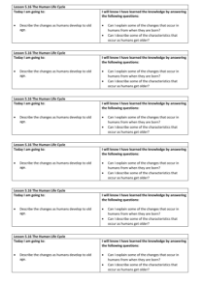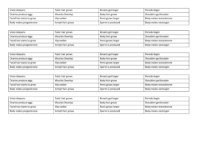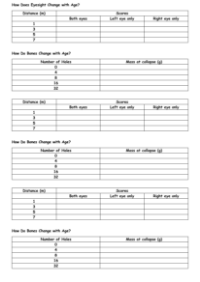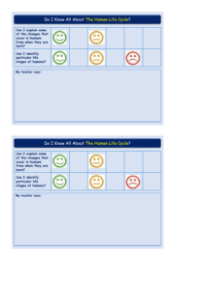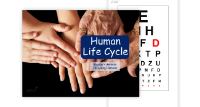The Human Life Cycle - Teacher Explanation

Science Resource Description
Welcome to Lesson 5.16 on Animal Life Cycles, focusing on the human life cycle as part of the Year 5 unit on animals including humans. This lesson aligns with the National Curriculum's requirement for pupils to describe the changes humans undergo from birth to old age, with considerations for health and safety. During the lesson, water will be used, and any spills should be promptly mopped up to ensure a safe learning environment. The lesson offers cross-curricular connections, including the use of internet research to explore bone diseases such as osteoporosis, graph creation in maths to represent experimental data, and in religious education, an investigation into the ages of patriarchs in the Old Testament. Pupils will engage in an in-depth exploration of the human life cycle, using learning pads and human life cycle cards to produce a report that not only names the life stages but also describes their characteristics.
One of the activities, 'How Eyesight Changes with Age', requires eye tests and meter rulers, and may be conducted in a spacious area like the school hall. Pupils will assess their eyesight at various distances, mimicking the deterioration of vision that occurs with age. This activity aims to demonstrate that as distance increases, the ability to see clearly decreases, similar to the vision changes experienced by older individuals. Another experiment involves modelling how bones weaken with age. Pupils will use books, card, a hole punch, a ruler, and coins to simulate the structural integrity of bones as they are progressively 'weakened' by holes, representing the effects of ageing and conditions like osteoporosis. The lesson concludes with a research task where pupils delve into medical conditions affecting bones, potentially creating a PowerPoint presentation to showcase their findings. The teacher's explanation ensures that pupils not only engage in hands-on activities but also understand the scientific principles behind the experiments, highlighting the importance of maintaining bone health throughout life.

